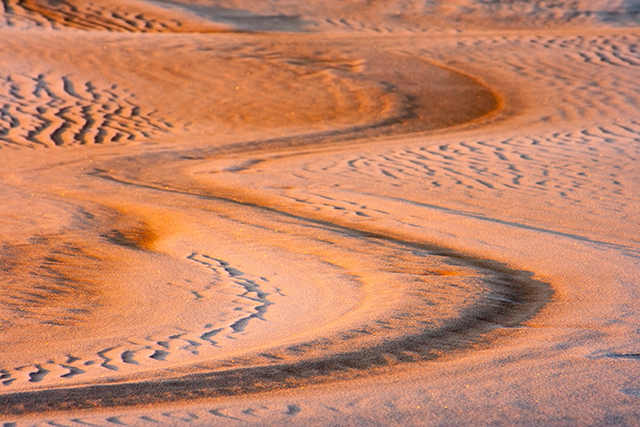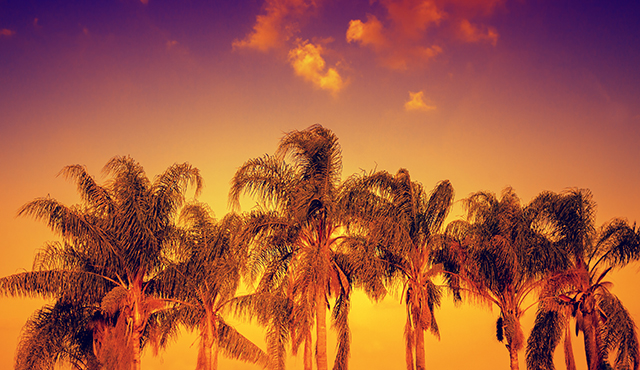It sounds like something from the movies – but trekking through the Sahara on a camel is very much possible, and naturally in-fashion.

Tunisia is one of those countries that really takes advantage of this experience and provides it to umpteen tourists every single year. Additionally, and as we’ll soon find out, it’s not all about riding the animal – there are plenty of sights and attractions to see as well.
With some of these tours being days, or even weeks in length, it means that some people really have to prepare well before even considering the experience. It’s for this reason that we have put together this guide, as we take a look at everything which camel trekking in Tunisia can involve, as well as some key preparation advice that you will need to take into account.
What does a Sahara desert camel trek involve?
Let’s start things off with a basic overview of what you can expect when you turn to one of these experiences.
In some ways, it’s a difficult question to answer – but this is only due to the sheer amount of choice that is now available in Tunisia in relation to these rides. In other words, tour operators tend to be happy to provide a one-hour tour – or one that lasts for a couple of weeks.
Naturally, if you opt for the latter, some form of accommodation will be necessary. In a lot of people’s eyes, this is something which actually makes the entire journey. Sure, riding on a camel is a unique experience in itself, but at the end of the day sleeping under the stars is something else. Additionally, a lot of these camping facilities will be strategically set, with many based in Berber villages. It means that as well as the stars, you will be surrounded by some fabulous local culture. You will also tend to sleep in a Bedouin tent during this – so the quality of accommodation certainly won’t be a problem either.
As you will have already seen, the length of your experience is going to have an impact on some of the attractions that you set eyes on. If you do happen to choose a camel trek that lasts more than a day, here are some of the most popular types of tours that providers around Tunisia tend to offer. While this list is by no means exhaustive, it should at least paint an accurate picture of what you can expect.
Silk Trade Route
If you’re looking for a bout of history along your camel trek, it doesn’t come much better than the Silk Trade Route. Again, different providers will suggest a variety of routes, but the basic premise of this is to experience the route which was so key for trade many years ago.
Once upon a time tens of thousands of camel caravans went along this route. Now, you have the opportunity to repeat this journey.
Djerbil National Park
In truth, most tour operators will incorporate this in a trek of several days. When you do arrive at Djerbil National Park, you will start to mix with the locals before heading through the hills and towards Timbain (a sacred mountain).
Oasis treks
We’re not going to name a specific oasis here, for obvious reasons. Pretty much every tour across the Sahara on a camel will involve seeing at least one (although usually many) oasis’. For most tourists, they are one of the most interesting sights around and if you’re lucky, you might even be able to use one of them.
How should you prepare for one of these treks?
If you have opted for a short-term tour, it goes without saying that the preparation is going to be minimal.
The nature of the Sahara means that few of these camel treks fall into this category though, and this is where you really will have to prepare yourself in multiple ways before you travel.
Clothing
The biggest precautions that you will need to take relate to the weather. In the summer, prepare for the hottest temperatures of your life. In the middle of winter, particularly at night, things take a drop for the ridiculous and it’s not been unheard of for water to turn into ice.
All of the above means that it’s absolutely crucial to select the correct clothing. Dressing in layers is paramount as while the seasons will provide some guidance of the minimum and maximum temperatures, what you will find is that these still vary enormously over the course of the day. By opting for a layered approach, you can manage your own temperature very easily.
There is one item of clothing that we are really going to hone in on though – the scarf. For the hot days, it’s something which can offer unrivalled protection to your head as the sun beats down. However, it’s the windy days where this becomes even more important, with a scarf protecting your face from all of the sand that is bound to fly into it at one point.
Health and Fitness
Perhaps one of the most interesting pieces of advice revolves around your health. Sure, it might seem as though the camel is doing all of the work, but particularly when you participate in a trip which stretches over a few days you may thank yourself for some preparation beforehand.
We’re specifically referring to your hips, legs and core – all of which should be in “decent” condition before you venture away on the back of the camel. The basis is to have impeccable balance, and strength in these areas will provide more of this and just give you a much easier ride. Traditional exercises will suffice here as well; things like sit-ups are perfect and will make a huge difference when it comes to the crunch. Click here to visit Men’s Answer website to get more information around the subject.
As well as the above, hopefully it should go without saying that having water readily available is a given. It’s worth noting that often you won’t stop overly frequently whilst riding your camel, so always make sure you can gain quick access to refreshment.
A final word on Sahara desert camel trekking
To say that Sahara desert camel trekking varies would be an understatement. As we have explored, all tours can be different, but in the vast majority of cases it’s not just about the actual riding experience. In other words, you will see and experience far more – and this is what a lot of people don’t understand before they research camel trekking in Tunisia more.
Of course, as you are likely to be “aboard” your camel for long periods, there is significant preparation advice that you will have to adhere to. Again, this often comes as a surprise, but in a bid to guard against the conditions and injuries its absolutely essential so you get the most from your camel trekking experience.





